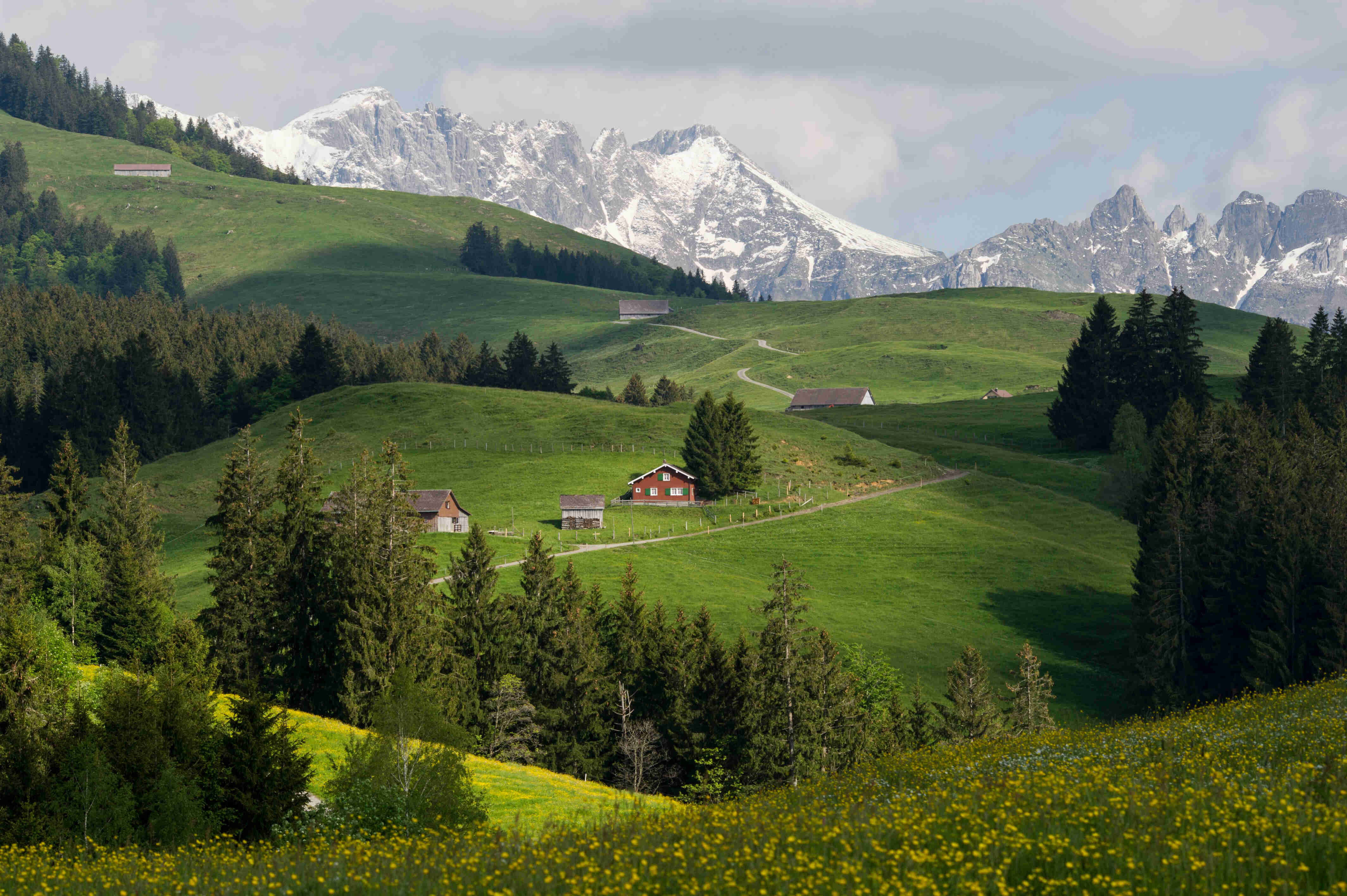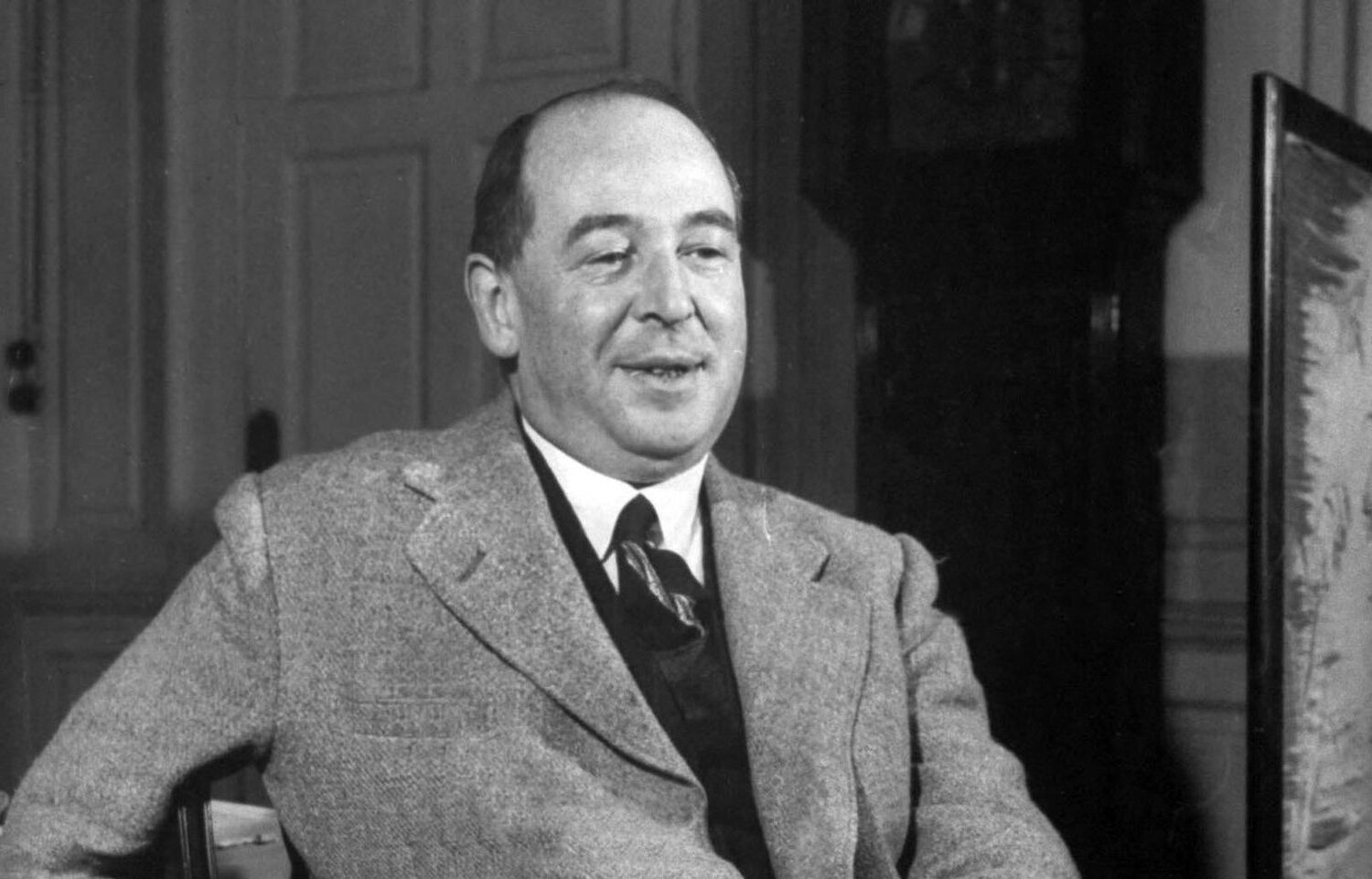
Cultural regions and landscapes are fascinating components of our diverse world. They offer insights into the unique identities, traditions, and histories of different groups of people. Exploring these regions and landscapes not only enhances our understanding of the world, but also provides us with a rich and immersive cultural experience.
In this article, we will delve into 19 astounding facts about cultural regions and landscapes. From ancient civilizations to breathtaking natural wonders, each fact will showcase the remarkable diversity and beauty found around the globe. Get ready to be amazed by the wonders of the Great Barrier Reef, the enigmatic Nazca Lines, the vibrant traditions of the Maasai people, the iconic architecture of the Taj Mahal, and much more. Let’s embark on this journey to discover the fascinating tapestry of cultural regions and landscapes that make our world truly extraordinary.
Key Takeaways:
- Cultural regions are like treasure chests full of diverse customs, traditions, and beliefs from around the world, shaping everything from language to cuisine and art.
- From sacred sites to traditional dances, cultural regions offer a fascinating glimpse into the richness and complexity of our global heritage, continuously evolving while preserving their unique identities.
Cultural regions are diverse
Cultural regions encompass a wide range of diverse customs, traditions, and beliefs that define the different communities around the world. From the vibrant colors of India’s festivals to the delicate tea ceremonies in Japan, these regions offer a treasure trove of cultural experiences.
Landscapes shape cultural identities
The geographical features of a region, such as mountains, deserts, and rivers, often shape the cultural identity of the people living there. The nomadic tribes of Mongolia, for example, have developed a rich horse-riding culture influenced by the vast steppes they have inhabited for centuries.
Cultural regions affect language
Language variations are often influenced by cultural regions. The diverse cultural landscapes of Spain, for instance, have led to variations in the Spanish language, such as Castilian in the central regions, Catalan in Catalonia, and Galician in Galicia.
Sacred sites hold cultural significance
Cultural regions are often characterized by sacred sites that hold deep cultural and spiritual significance. The ancient city of Machu Picchu in Peru, nestled high in the Andes Mountains, is a testament to the ingenuity and spirituality of the Inca civilization.
Cuisine reflects cultural diversity
Cultural regions are renowned for their unique cuisine, which reflects the local flavors, ingredients, and cooking techniques. From the spicy curries of India to the mouthwatering sushi of Japan, each region’s culinary delights tell a story of its cultural heritage.
Festivals celebrate cultural traditions
Festivals play a vital role in preserving and celebrating cultural traditions within a region. The spectacular Carnival in Rio de Janeiro, Brazil, is a dazzling display of music, dance, and elaborate costumes that showcases the region’s vibrant cultural heritage.
Traditional art forms capture cultural essence
Traditional art forms, such as painting, sculpture, and dance, are often deeply rooted in cultural regions. The intricate sand mandalas created by Tibetan monks are not only visually stunning but also symbolize the impermanence of life and the importance of mindfulness in Tibetan culture.
Architecture reflects cultural values
The architecture within cultural regions often reflects the values and beliefs of the community. The majestic temples of Angkor Wat in Cambodia, with their intricate carvings and grand structures, stand as a testament to the devotion and spirituality of the Khmer civilization.
Music transcends cultural boundaries
Music has the power to transcend cultural boundaries and connect people from different regions. Whether it’s the soulful blues of the Mississippi Delta or the rhythmic beats of the African djembe, music allows us to experience the rich cultural tapestry of various regions around the globe.
Cultural regions preserve traditional craftsmanship
Traditional craftsmanship, such as pottery, weaving, and woodcarving, is often preserved and passed down through generations within cultural regions. The intricate lacquerware of Myanmar and the delicate porcelain of China are testament to the skill and craftsmanship of these regions.
Cultural regions shape clothing traditions
Clothing traditions within cultural regions are often influenced by the climate, geography, and cultural values. The colorful and intricate patterns of the traditional textiles worn by the indigenous communities of Mexico are a reflection of their rich cultural heritage.
Cultural regions inspire literature and storytelling
Cultural regions have inspired countless literary works and folklore, capturing the essence of the people, traditions, and landscapes. The epic poems of ancient Greece, such as the Iliad and the Odyssey, are a testament to the enduring influence of cultural regions on storytelling.
Cultural regions shape social norms
Within cultural regions, social norms and customs are often shaped by shared values and historical experiences. Respect for elders and strong family ties are central to social interactions in many Asian cultures, including those within the cultural regions of China, Japan, and Korea.
Traditional medicine thrives in cultural regions
Traditional medicine practices, based on ancient knowledge and beliefs, often thrive within cultural regions. Ayurveda, a holistic healing system from India, and Traditional Chinese Medicine are just two examples of how cultural regions have preserved and continue to practice ancient healing traditions.
Cultural regions foster traditional dances
Traditional dances serve as a medium for preserving cultural heritage within a region. The flamenco dance of Andalusia, Spain, with its passionate movements and vibrant costumes, is a cherished cultural expression that has captivated audiences for centuries.
Cultural regions influence fashion trends
The distinctive fashion trends of different regions are often influenced by the cultural traditions and styles prevalent within those areas. From the colorful textiles and intricate beadwork of African tribal fashion to the elegant kimono of Japan, cultural regions have a significant impact on global fashion.
Cultural regions shape belief systems
Belief systems, such as religions and spiritual practices, are often deeply rooted in cultural regions. The complex mythologies and oral traditions of indigenous communities in Australia, known as Dreamtime stories, have shaped their spiritual beliefs and connection to the land.
Cultural regions inspire film and entertainment
Cultural regions have provided inspiration for countless films and entertainment productions, allowing audiences to explore different cultures and traditions. The colorful and lively Bollywood films of India, for example, showcase the vibrant culture and traditions of the region.
Cultural regions evolve and adapt
Cultural regions are not static but continuously evolve and adapt to changing times. They embrace new influences and technologies while still preserving their unique cultural identities and traditions.
So there you have it – 19 astounding facts about cultural regions and landscapes. From the diversity of customs and traditions to the influence on language, cuisine, and art, cultural regions offer a fascinating glimpse into the richness and complexity of our global heritage. Whether it’s visiting a sacred site, participating in a festival, or experiencing traditional music and dance, exploring cultural regions can be an enriching and rewarding journey.
Conclusion
In conclusion, cultural regions and landscapes are fascinating aspects of geography that provide insights into the diverse and unique characteristics of different areas around the world. From the vibrant cultures and traditions to the breathtaking natural beauty, these regions offer a wealth of knowledge and experiences to explore. By understanding the historical, social, and environmental factors that shape these regions, we gain a deeper appreciation for the interconnectedness of our planet and the diversity of human societies.
Whether it’s exploring the ancient ruins of Machu Picchu in South America, experiencing the vibrant festivals of India, or marveling at the stunning fjords of Norway, cultural regions and landscapes have something to offer everyone. So, pack your bags and embark on a journey to discover the astounding wonders that await in these unique corners of the world.
FAQs
1. What are cultural regions?
Cultural regions are areas that share common cultural traits, such as language, customs, beliefs, values, and traditions. These regions often have distinct identities and can be defined by geographic boundaries or cultural affiliations.
2. How are cultural regions formed?
Cultural regions are typically formed through a combination of historical, social, and environmental factors. Factors such as migration, historical events, cultural diffusion, and geographic isolation contribute to the development and shaping of cultural regions.
3. What are some famous cultural landscapes?
There are numerous famous cultural landscapes around the world, including the Great Pyramids of Giza in Egypt, the Taj Mahal in India, the Great Wall of China, and the Acropolis in Greece. These iconic landmarks showcase the rich cultural heritage and architectural marvels of their respective regions.
4. How do cultural regions impact society?
Cultural regions have a significant impact on society as they contribute to the formation of identities, preservation of heritage, and promotion of cultural diversity. They also influence social practices, economic activities, and political structures within a region.
5. Can cultural regions change over time?
Yes, cultural regions can change over time due to various factors such as globalization, migration, technological advancements, and societal shifts. These changes can lead to the emergence of new cultural regions, the transformation of existing ones, and the blending of different cultures.
Was this page helpful?
Our commitment to delivering trustworthy and engaging content is at the heart of what we do. Each fact on our site is contributed by real users like you, bringing a wealth of diverse insights and information. To ensure the highest standards of accuracy and reliability, our dedicated editors meticulously review each submission. This process guarantees that the facts we share are not only fascinating but also credible. Trust in our commitment to quality and authenticity as you explore and learn with us.


